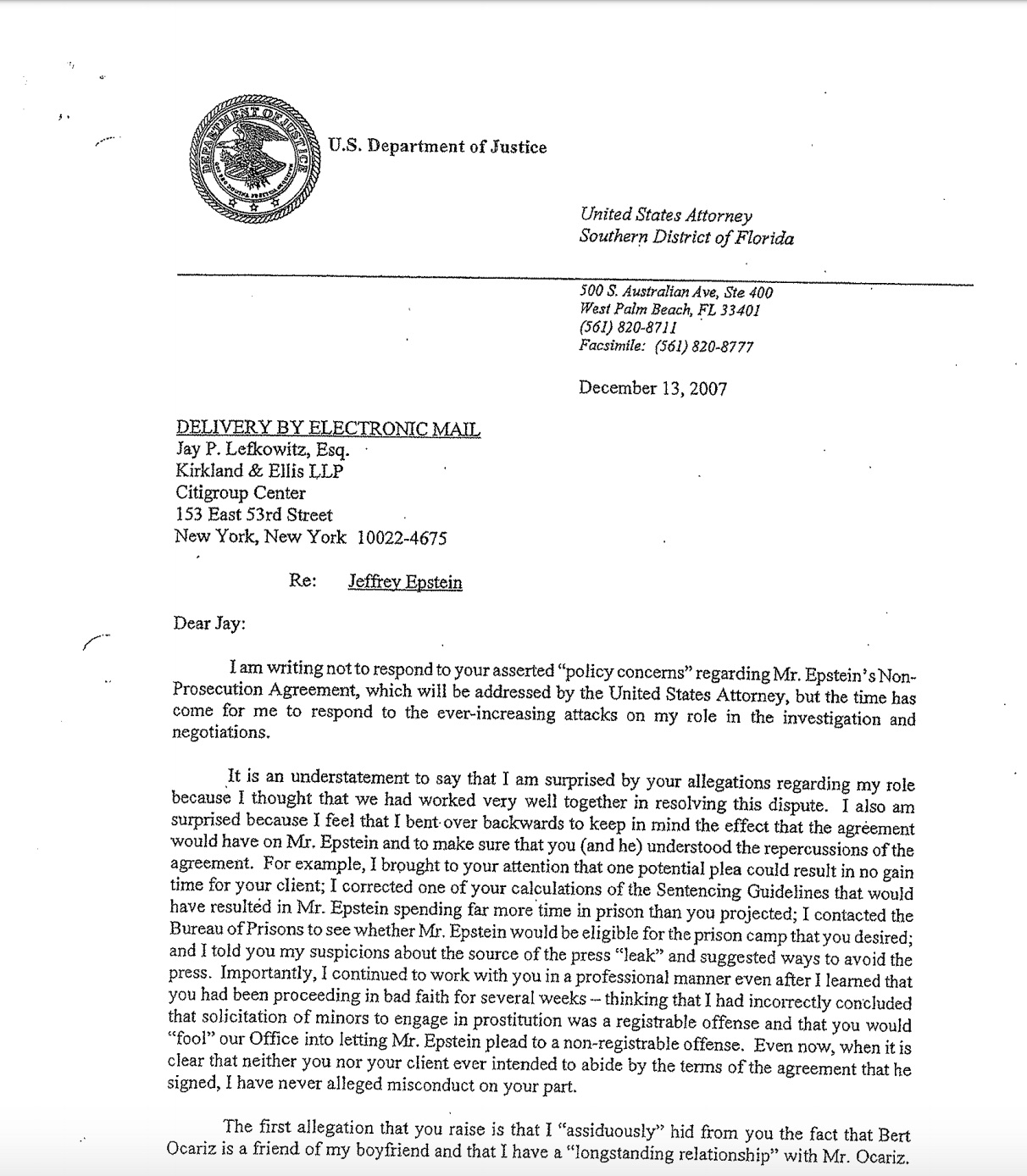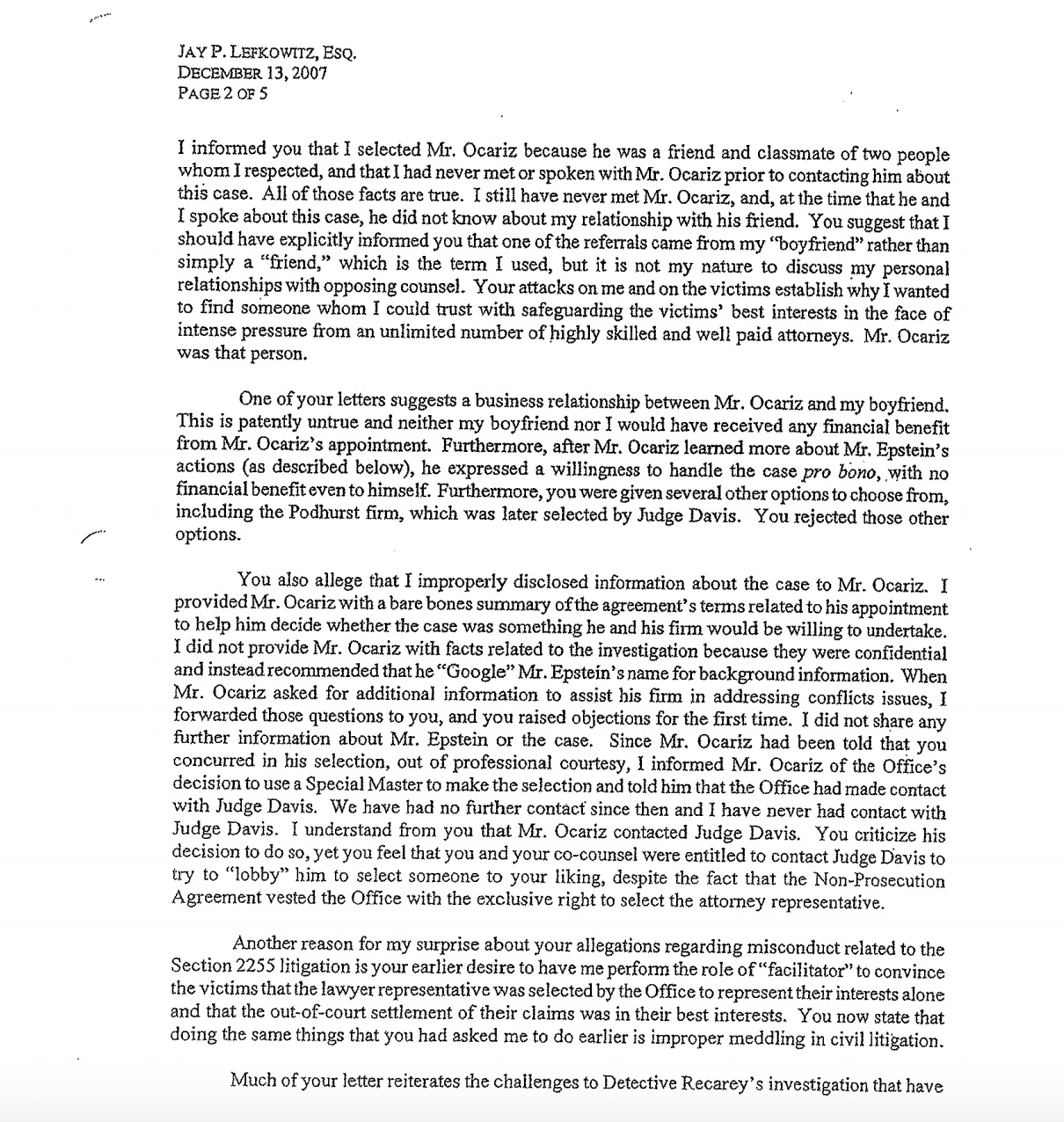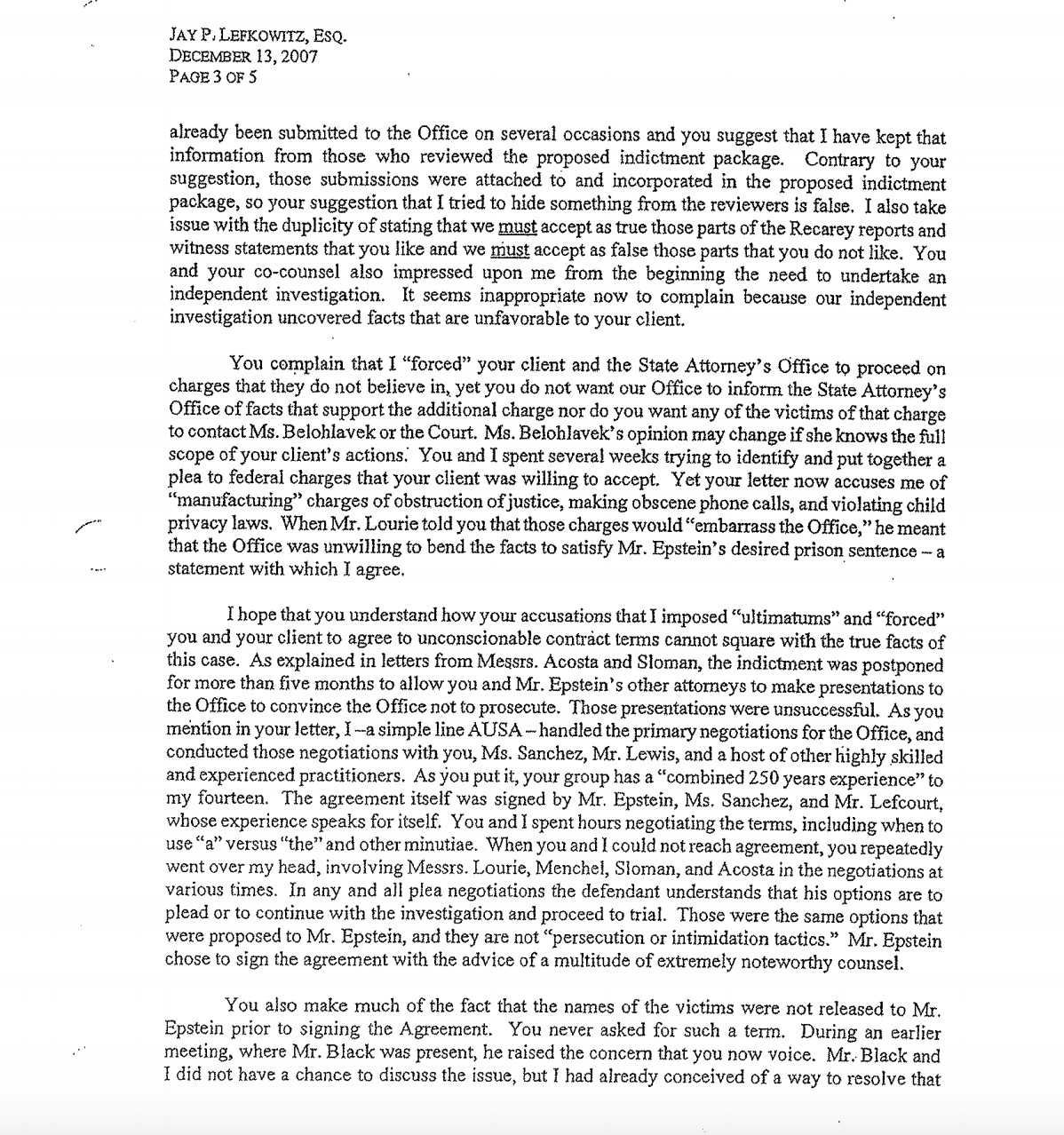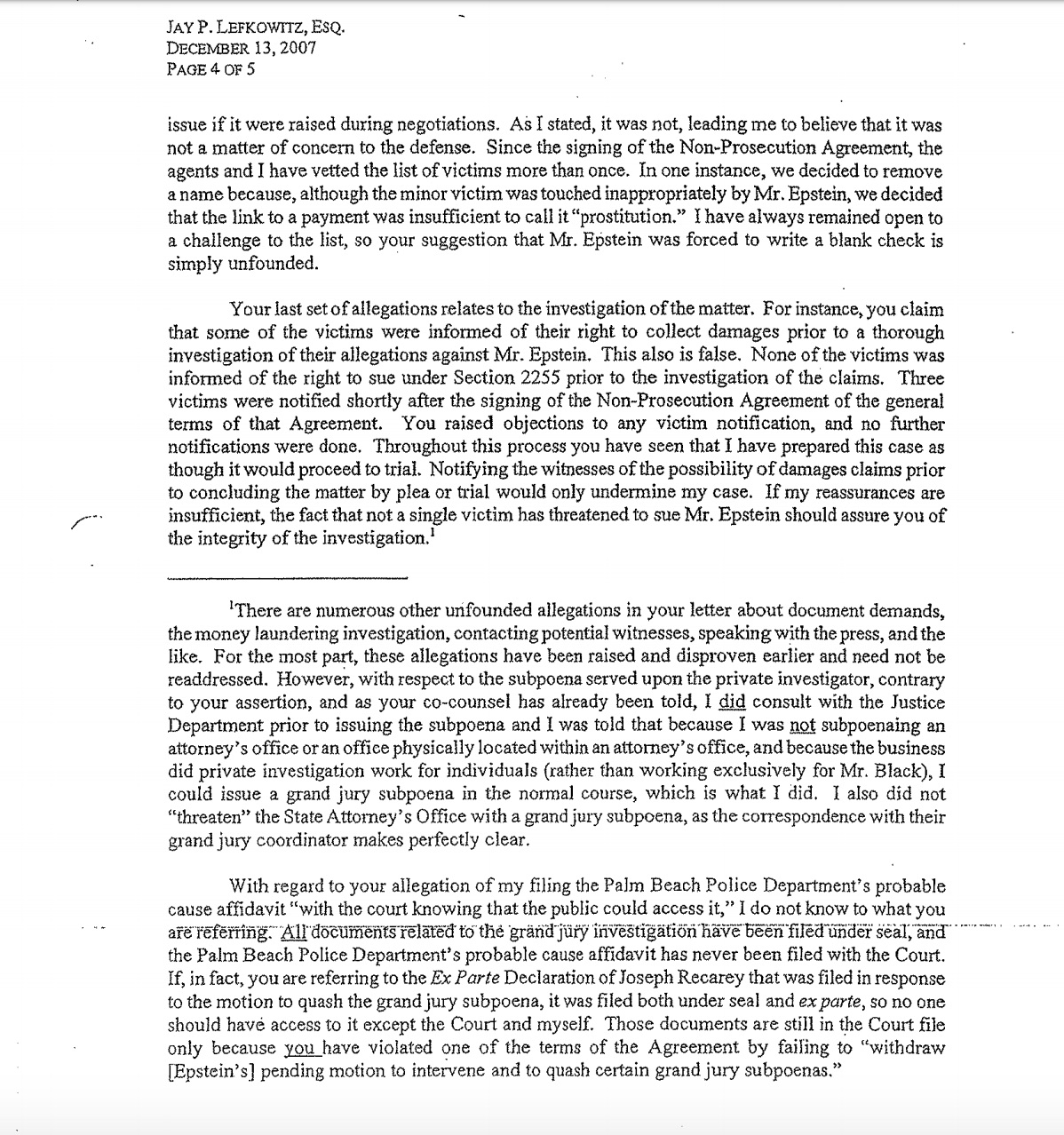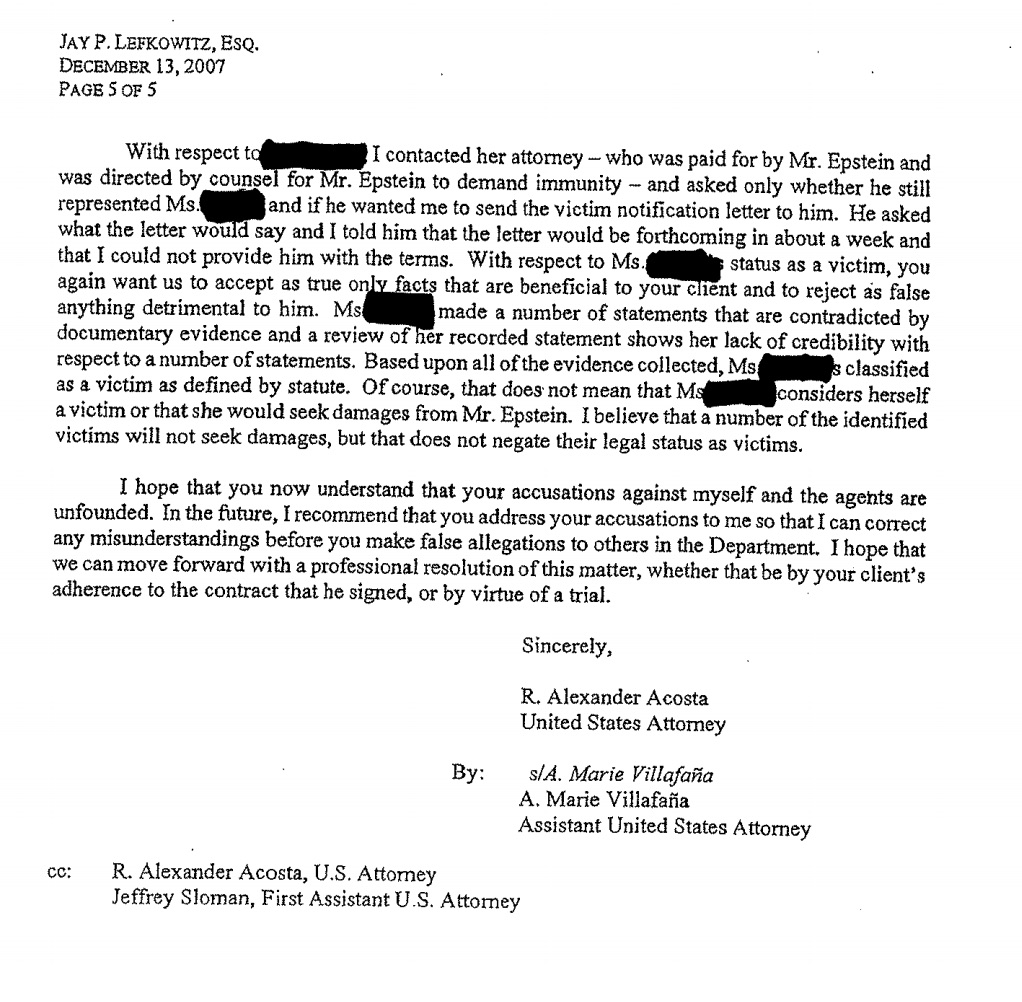Removing Ayin Horah Remotely from Yerusholayim (and remotely removes you from your money at the same time - mamash a nes)

Provided with only the hebrew name of the client (and his/her’s mothers hebrew name) Rav Hool does the procedure in Yerusholayim and then tells the client -wherever they are on the planet- with uncanny accuracy what physical ailments he/she is suffering from. He has told people from all over the world whether they have problems with their teeth, a stiff neck, back pain, intestinal issues and so on.
Rav Hool says “Telling people whom I have never met- what they are suffering from is not simply a ‘party trick’……There may be six hundred Reuven Ben Rochel’s alive, but when I tell Reuven ben Rochel in Los Angeles that he has a problem with his right leg and his left shoulder- he now has full confidence that I am treating the right person!”
When asked how he can ‘read the lead’ like this, he simply says: “Every breath I breathe is with Siyyatah DiShmayah, and similarly it is only with Siyattah Dishmayah that I can do anything at all!”
Rav Hool says almost everyone he has done the procedure for- showed clear signs of ayin horah in the lead. “Even if they have no physical ailments, the ayin horah shows up in the lead and it may be affecting any non physical area of their lives…”
Not only has Rav Hool successfully diagnosed the ailments people have, he also has an impressive record of bringing a positive change in their lives by destroying their ayin horah! For example a woman had the procedure done because she needed a shidduch, but when Rav Hool did the procedure, he told her “You have lower back pain that is giving you difficulty to walk!” Three days after the procedure she reported her back problem had disappeared!
A couple of weeks ago, a client who had the procedure done for his wife three weeks prior told Rav Hool ” “Yeah! No toothaches whatsoever since the procedure (she had toothaches the whole time beforehand!) and even though she has had some light headaches- they are much, much much better, not comparable to the absolutely agonizing headaches she had before the procedure!
Thanks!”
Last week, a woman who had suffered continuous pain in her arm for two years straight, reported her pain has completely disappeared only four days after the procedure!
Rav Hool has successfully ‘treated’ migraines, insomnia, parnossah issues shidduchim and so on!
One can never know for sure whether it was the procedure done by Rav Hool that has caused a positive change, but the yeshuos people have seen soon after the procedure are too many to ignore! Many of the impressive successes are listed on the “success stories” of his website.
Rav Hool only does the procedure for someone who agrees to undertake the strengthening of a mitzvah. Rav Hool says: “They don’t need to tell me what mitzvah they have chosen- it is between them and Hashem Yisborach, but I feel we can only have Siyattah DiShmayah if they provide this ‘spiritual currency’. I insist the undertaking is very small so that their kabolloh is 100% genuine.”
Rav Hool has the full written endorsement (!) of Harav haGaon Rav Mattisyahu Doitch shlitah- dayan of the Eidah Chareidis and Moreh D’asrah of Ramat Shlomo Yerusholayim. He also has the encouragement from Harav Hagaon Rav Dovid Abuchatzerah Shlita.
A talmid of Yeshivas Mercaz HaTorah, Gateshead, Ponevez and Mir, Rav Hool has been learning Torah full time for 30 years. It is intriguing that a talmid of the ‘litveshe’ yeshivos would get into such a thing but Rav Hool replies “I saw that the procedure actually works, and I know Hagaon Rav Yisroel Yaakov Fisher ztz’l sent hundreds of people to get rid of ayin horah in this way. What’s more- the Tzemach Tzeddek even allows heating up the lead on shabbos to try and save someones life- under certain circumstances! So if with S’D’ I can help people, and they will strengthen the performance of a mitzvah- why not?!”

Moreynu Rosh Hayeshivah Hagaon Rav Gershon Edelstein Shlitah, Rosh Yeshivas Ponevez discussing divrey Torah with Rav Hool in Rav Hool’s home in 1997

Moreynu Rosh Yeshivas Gateshead, Hagaon Rav Avrohom Gurvitz Shlitah with Rav Hool in 2005
בס''ד
INTERESTING FACT: Facial/skin blemishes are caused by Ayin horah! (Ba'al Shem Tov)
Pricing:
Procedure: $95
Kamiah discounted to $95 (plus $10 postage) if purchased with procedure.
Kamiah alone: $125 (plus $10 postage)
Payment
may be made via Paypal (using email: dons77@gmail.com -Please select
'Pay for products or services' not 'family and friends') and we will
confirm receipt of payment with you by email before the procedure.
To Contact us:
Please provide your name
1. Please enter your email address here.
2. Once you have contacted us we will contact you by email (usually within 24 hrs) and let you know when the procedure can be done, or how to receive the kamiah.
Please provide a phone number as Rav Doniel would like to speak with you before doing the procedure.
Any emails you receive from Rav Hool will be from email: dons77@gmail.com
Please also tell us where you heard about us!
1. Please enter your email address here.
2. Once you have contacted us we will contact you by email (usually within 24 hrs) and let you know when the procedure can be done, or how to receive the kamiah.
Please provide a phone number as Rav Doniel would like to speak with you before doing the procedure.
Any emails you receive from Rav Hool will be from email: dons77@gmail.com
Please also tell us where you heard about us!
YOU CAN USE THE MESSAGE BAR TO ASK US ANY QUESTIONS YOU MAY HAVE!
Name
Email address*
Message
















